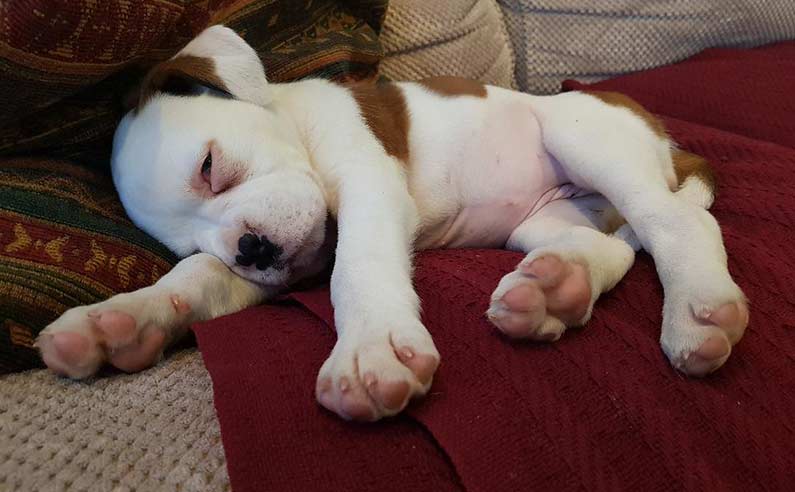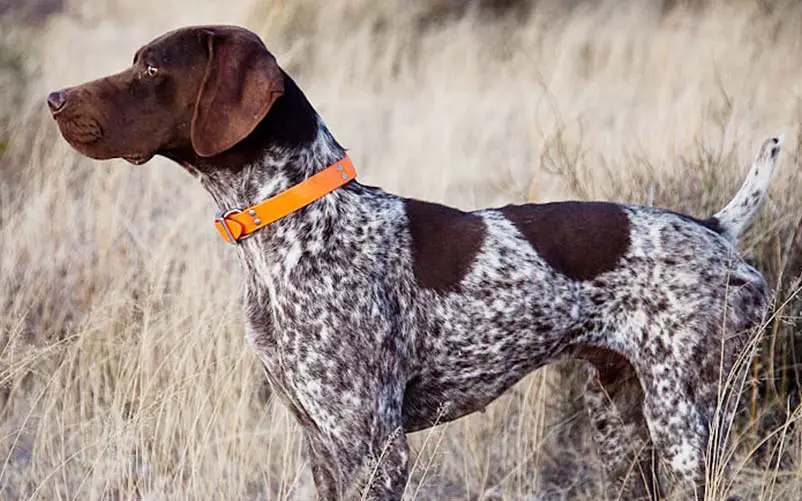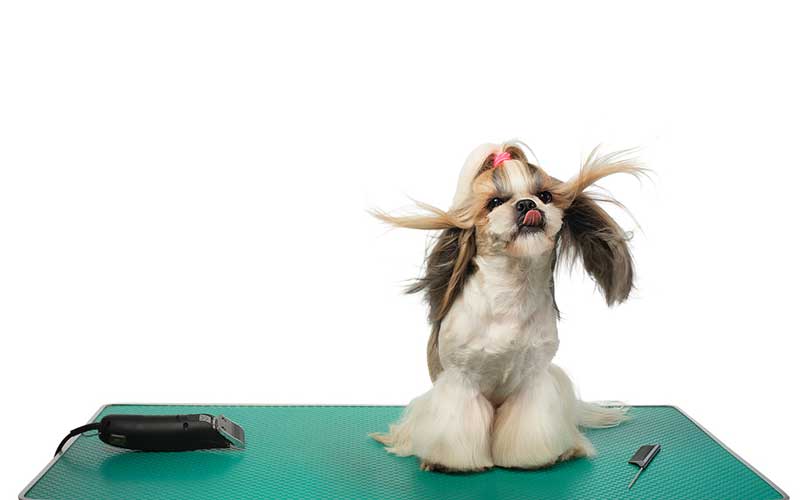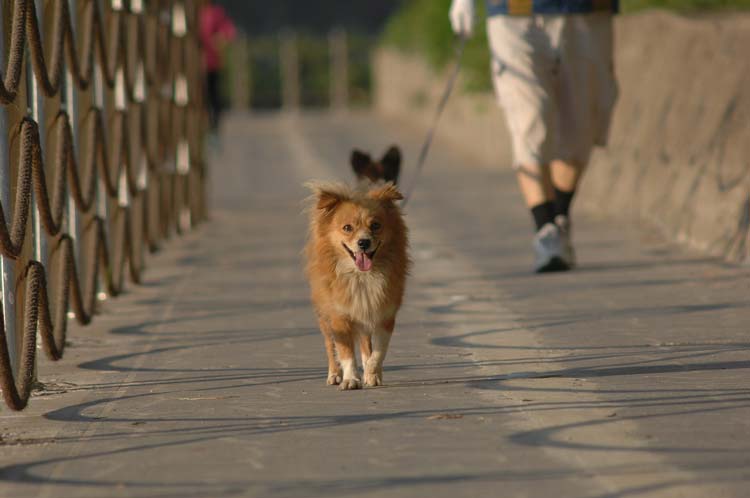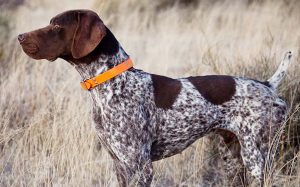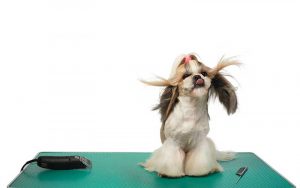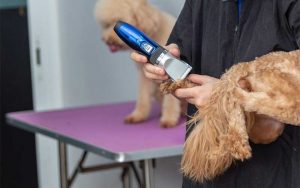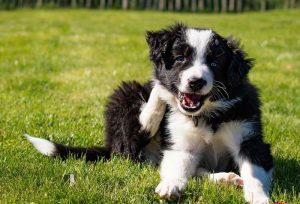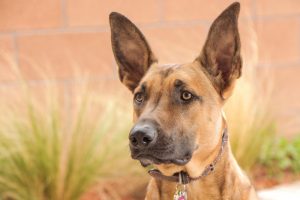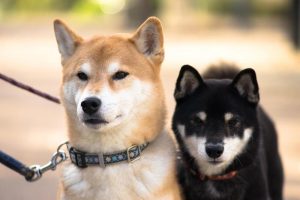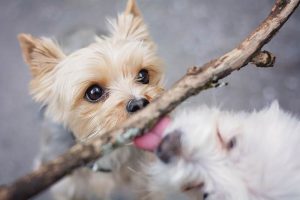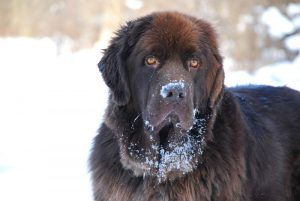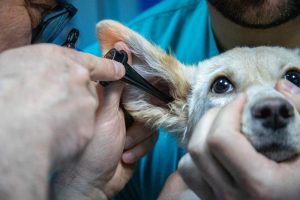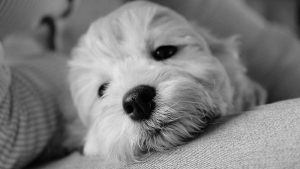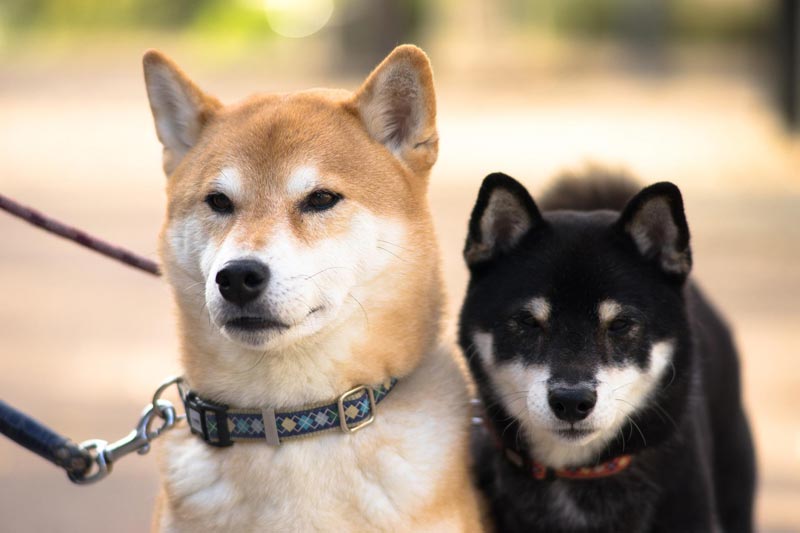
Perhaps you’ve probably seen or heard of the “Doge” meme, which is the medium-sized Shiba Inu dog breed. Known to be charming, confident, and strong-willed dog, they can be a lifetime partner and a guardian that will stand up for them when times get tough.
Beneath the pointy ears and the bold and confident look lies a diet plan that you should give based on their age, weight, lifestyle, and amount of activity all day. So, how much do you feed a Shiba Inu and how often should you give them a bowl of food?
For pet owners, maintaining the proper weight and health of their dogs is important. The Shiba Inu you have by your side will grow to be resistant to illnesses and diseases if you take the time to choose their foods properly and schedule their meals to avoid overeating.
See also:
To help you get started on choosing a diet plan for your Shiba Inu, we put together this feeding guide. Feel free to use it when creating a schedule for your Shiba Inu from puppyhood to adulthood to ensure they get the right nutrition so they can live longer.
Page Contents
How Much Should You Feed a Shiba Inu?
A Shiba Inu can be generally fed 2 to 2 1/2 cups a day if they are adults. However, for puppies, they should be fed somewhere between 3/4 and 1 1/2 cups depending on their age in weeks and months.
As for the frequency, a Shiba Inu is typically best to be fed 3 times a day, which can be at breakfast, lunch, and dinner. Make sure that the dinner of your Shiba Inu will be at least 2 hours before they sleep to avoid health issues.
Moreover, you can also adjust the amount of food for your Shiba Inu per day if they are more active and go outside often. If you find that playing with your Shiba Inu dog or puppy takes a lot of energy, they can be fed more than the usual amount, but we suggest consulting your vet first to avoid obesity.
Shiba Inu Feeding Schedule
Your Shiba Inu can be fed with the following schedule (feel free to modify it depending on the amount or the type of food you have for your dog):
| Shiba Inu age | Morning | Lunch | Dinner | Total |
|---|---|---|---|---|
| 1 to 4 months | ½ cup | ¼ cup | ¼ cup | 1 cups |
| 5 to 6 months | ½ cup | ½ cup | ½ cup | 1 ½ cups |
| 7 to 10 months | 1 cup | ½ cup | ½ cup | 2 cups |
| 11 months and older | 1 cup | 1 cup | ½ cup | 2 ½ cups |
We prefer that they have a big breakfast because that is the first meal of the day. However, if your Shiba Inu isn’t accustomed to eating the bigger portions during breakfast, you can move the big meal to lunchtime instead.
Shiba Inu Growth Chart
Sometimes, it’s hard to tell whether your dog is overweight or underfed for its age. That’s why we put together growth and weight chart for you to be guided on the ideal weight for each age bracket:
| Age of your Shiba Inu | 1 to 2 months | 3 to 4 months | 5 to 6 months | 7 to 8 months | 9 to 10 months | 11 months to adulthood |
| Minimum ideal weight (pounds) | 3 | 7 | 10 | 14 | 16 | 17 |
| Max ideal weight (pounds) | 7 | 13 | 17 | 19 | 22 | 23 |
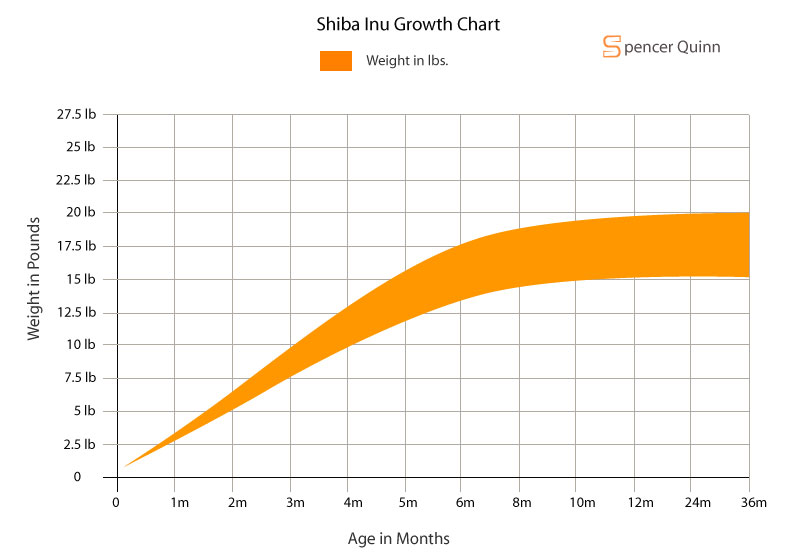
The Shiba Inu has roughly a steady growth rate compared to other dogs with sudden growth spurts. You likely won’t have a lot of trouble giving your dog the right scheduled meals and amount for each food bowl you give to them.
As we listed down these numbers, keep in mind that this is only a rough estimate. Your Shiba Inu will have a more custom-tailored assessment once they go to the veterinarian. Your vet will weigh your Shiba Inu and suggest a diet for them, as well as vitamin supplements if needed.
For a more detailed explanation of how the Shiba Inu will develop from 2 to 12 weeks of age, here are some general insights on what to expect:
2 to 4 weeks old
A Shiba Inu that is only 2 weeks old will need all the nourishment it can get from the mother. Ensure that the nursing activity is done in a quiet and undisturbed location where the puppies are properly licked and given enough time and comfort to drink milk.
If for some reason, the mother of the Shiba Inu puppies or litter cannot produce sufficient milk for all of them, there should be an alternative. You can’t let one or two get thin so it’s best to consult your vet for a milk replacer formula for the Shiba Inu.
When your Shiba Inu puppy turns 4 weeks old, it can be slowly weaned or introduced to solid food. Buy kibble that is suitable for the Shiba Inu in terms of breed size and nutrients (consider puppy kibble without a lot of artificial flavors).
However, the most important note to remember is that you shouldn’t force your Shiba Inu puppy to feed on solid food immediately. Give them a lot of time before they get used to the taste. We recommend giving your Shiba Inu a bowl of 1 part kibble and 3 parts water at first.
The Shiba Inu puppy will need to be free-fed during this time because they are still being trained on eating solid food. The water’s function in the bowl is to soften the kibble for easy chewing and digestion plus it mimics the consistency of the mother’s milk.
Shiba Inu puppies don’t have a lot of space on their stomach so it’s understandable if they don’t eat much. Moreover, do contact your vet if you spot any signs of allergic reactions like vomiting and the like once you feed your Shiba Inu puppy with any kind of puppy or dog food.
6 weeks old
When your Shiba Inu is already 6 weeks old, you can continue the food mixture from before. Keep offering your pup the mix until you can see some improvement. Slowly take away the water every 2 days or so until the Shiba Inu will only feed dry and crunchy kibble.
The reason why we want the gradual change from the sludge and slurry puppy food and water mix to completely dry kibble is that we want to avoid your Shiba Inu’s stomach getting upset. Diarrhea can happen if there are sudden changes in your Shiba Inu diet plan.
Feeding on kibble at a young age will be helpful for the Shiba Inu pup in the long run since it will benefit their dental health. Any dog will get strong teeth if they keep chewing and biting on hard and crunchy food or surfaces. They will be less prone to tooth and gum issues because of this.
8 weeks old
Once they are 8 weeks old, your Shiba Inu puppy is ready to explore. You can take them outside for a walk or house-train them. For breeders, this is the perfect time to get them fully weaned or adopted by another person.
If you are the person wanting to adopt a Shiba Inu puppy, this is the right time and age to do so. Before the adoption process happens, ensure that the breeder and the person who will own the Shiba Inu will have an understanding when it comes to feeding schedules.
The breeder of the Shiba Inu also needs to show some medical history, records, certificates, vaccinations, and more. A good breeder will also show the person who will adopt the Shiba Inu pup around the living quarters and also meet the parent(s) of the puppy (and the rest of the litter, if possible).
A Shiba Inu can be fed 3/4 cups a day if they are not very active or a little on the small side or 1 cup a day if they tend to be more active. You can separate these into 4 meals a day but you can also narrow it down to 3 once they get older or if they can manage their meals better.
As mentioned above, you should know what brand of kibble the breeder used for your Shiba Inu to avoid any mishaps with their digestive system. Any new food should be introduced in a portioning method similar to the water and kibble mixture that we mentioned above.
10 weeks old
When your Shiba Inu turns 10 weeks old, expect them to get more active and they will also grow fast during this time. Although it may seem like they need more food, keep in mind that we mentioned above that the Shiba Inu has a little stomach.
Any dog that doesn’t have enough space in its tummy should be fed more frequently albeit in fewer quantities. Therefore, we’d like to stick with the same amount as during the eighth week with your Shiba Inu when it comes to the feeding schedule.
12 weeks old
Watch over the weight of your Shiba Inu to avoid putting them at risk for obesity. You can consult your weight chart above or visit your vet for a better weigh-in and check-up. At 12 weeks old, the dog is more prone to weight issues.
However, you can slowly decrease the number of feedings per day to 3 but keep it to 1 cup a day. Once your Shiba Inu turns into an adult, you can slowly increase the amount per day using our charts above or as advised by your vet.
Recommended Food
We looked into what nutritional needs the Shiba Inu need to decide the best ingredients and nutrients to look for in choosing the right food for them:
1. Foods with no fillers, preservatives, and artificial flavoring
A Shiba Inu should be fed with fewer grains and more raw meat, vegetables, and organic food. Too many preservatives and artificial flavors might disrupt their stomach and also cause them to have itching problems due to allergies.
They need to have a quality coat that needs to be moisturized and groomed properly because they are prone to getting dry skin. Atopy is commonly found in a Shiba Inu so we want to counter that with organic dog food.
2. Fish oil
Fish oil can be found in many recipes involving fish that can be good for the Shiba Inu’s coat health. Omega-3 fatty acids are at work to help soothe the skin allergies of any dog, which includes this breed. Consider adding fish oil to your dog’s diet.
3. Foods with glucosamine
Glucosamine is a favorite among dog food manufacturers and pet owners alike because it helps strengthen their joints and bones. When it comes to the Shiba Inu, it will help fight the onset of hip dysplasia, which can happen in their later adulthood.
4. A healthy mix of protein and fats
Protein and fats will help the Shiba Inu with the energy they need for everyday playtime and workouts with their owner. Consider lean meat such as chicken and beef and make sure that the dog food is free from preservatives and artificial fillers.
Foods to Avoid
A Shiba Inu should avoid most grains such as corn, wheat, and soy. That’s because it might flare up their skin allergies. As mentioned above, it’s best to avoid foods with artificial flavors and preservatives.
Likewise, a Shiba Inu doesn’t do well with too much sweet, greasy, and salty food. Keep the diet as balanced as possible to avoid getting health concerns for your dog.
FAQs on Feeding a Shiba Inu
Here are some feeding facts that you might find useful with regards to the Shiba Inu:
The appropriate food for the Shiba Inu should comprise of the following:
– Formula based on their age
– Just right for their breed size
– The right amount of calories for their age and size
– Easy to digest
– No fillers, grains, and preservatives
Yes, Shiba Inu can be fed raw but you have to get the opinion of your breeder or vet first. Choosing to feed your dog with raw food will be a challenge as you have to manage and organize all the right nutrients for your dog’s meal.
Unlike supermarket brands that already have pre-mixed and properly-measured nutrients, it’s your job to make sure everything your dog eats is beneficial to their health and you won’t miss an important nutrient. That’s why a dog nutritionist is important to consult in this matter.
Conclusion
The Shiba Inu will live longer as a confident yet loving companion if you feed them with quality food. Generally, this dog breed won’t be a trouble to feed since it is low-maintenance. However, you should still not neglect to feed them on schedule to avoid digestive upsets and weight issues.
